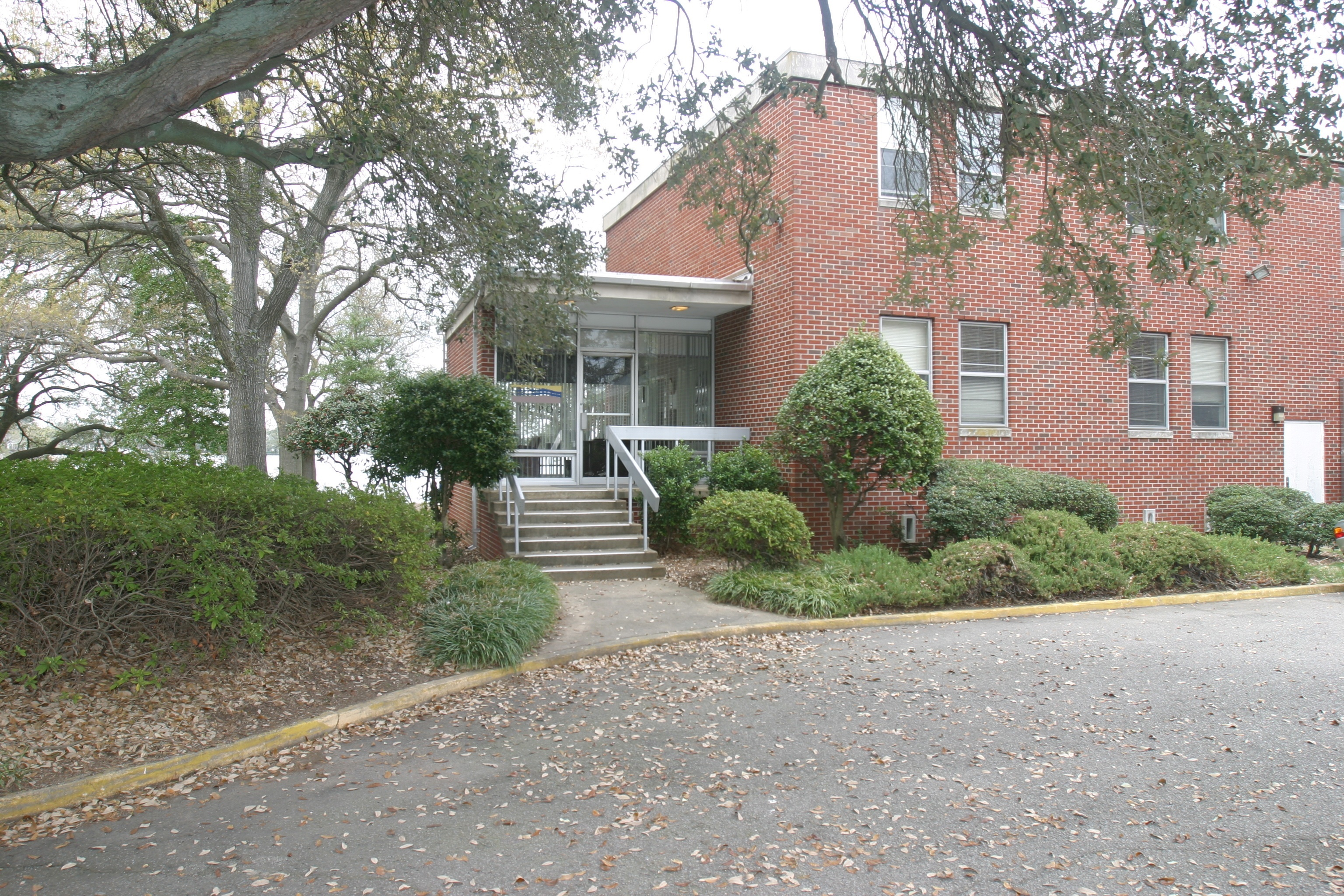 |
History of CCPO
In 1991, the State Council of Higher Education for Virginia (SCHEV)
established the Commonwealth Center for Coastal Physical Oceanography
(CCPO) at Old Dominion University to promote research on the physical
oceanography of the coastal ocean and related oceanographic
processes. The coastal ocean is the focus of expanded research
activity because of both short-term anthropogenic impacts due to the
proximity to large human populations as well as changes due to
long-term variations in the Earth's climate. Fundamental questions
about coastal ocean physics need to be answered if human impact and
global change are to be assessed appropriately.
Housed in Innovation Research Building 1, CCPO is located in the ODU
University Village. The Center provides office and laboratory
facilities for 6 full-time faculty and their complement of research
associates, postdoctoral fellows, graduate students, and support
staff. Oceanographic observing systems include CTDs, current meters,
and ADCPs. The Center has a state-of-the-art computer system based on
Sun, Windows and Linux operating systems with file servers,
computational computers and individual workstations. Advanced
computational resources are available through a distributed cluster
with about 200 cores. A full-time computer systems engineer maintains
the system and provides support for CCPO researchers.
CCPO supports and facilitates innovative research on the physical
oceanography of the coastal ocean and other coastal related processes
through federal, state and university funding which allows faculty,
visitors, students, consultants, and research associates to focus
their efforts on specific research topics. Research supported efforts
by the Center includes regional coastal circulation models forced by
winds, tides, rivers, heat and salt flux, and glacial basal melt;
observation of estuarine circulation, mixing and oxygen dynamics;
large eddy simulation of turbulence in the coastal ocean; wind energy
potential over coastal waters; growth and dispersion of larvae;
physiology and genetics models of various animals and ecosystems; and,
food web calculations. The Center is particularly interested in the
coupling of realistic physical models to ecosystems models in
innovative ways.
»20 Years of CCPO: A slideshow of past students, faculty, staff, postdocs, visitors and friends of CCPO. »
 |
